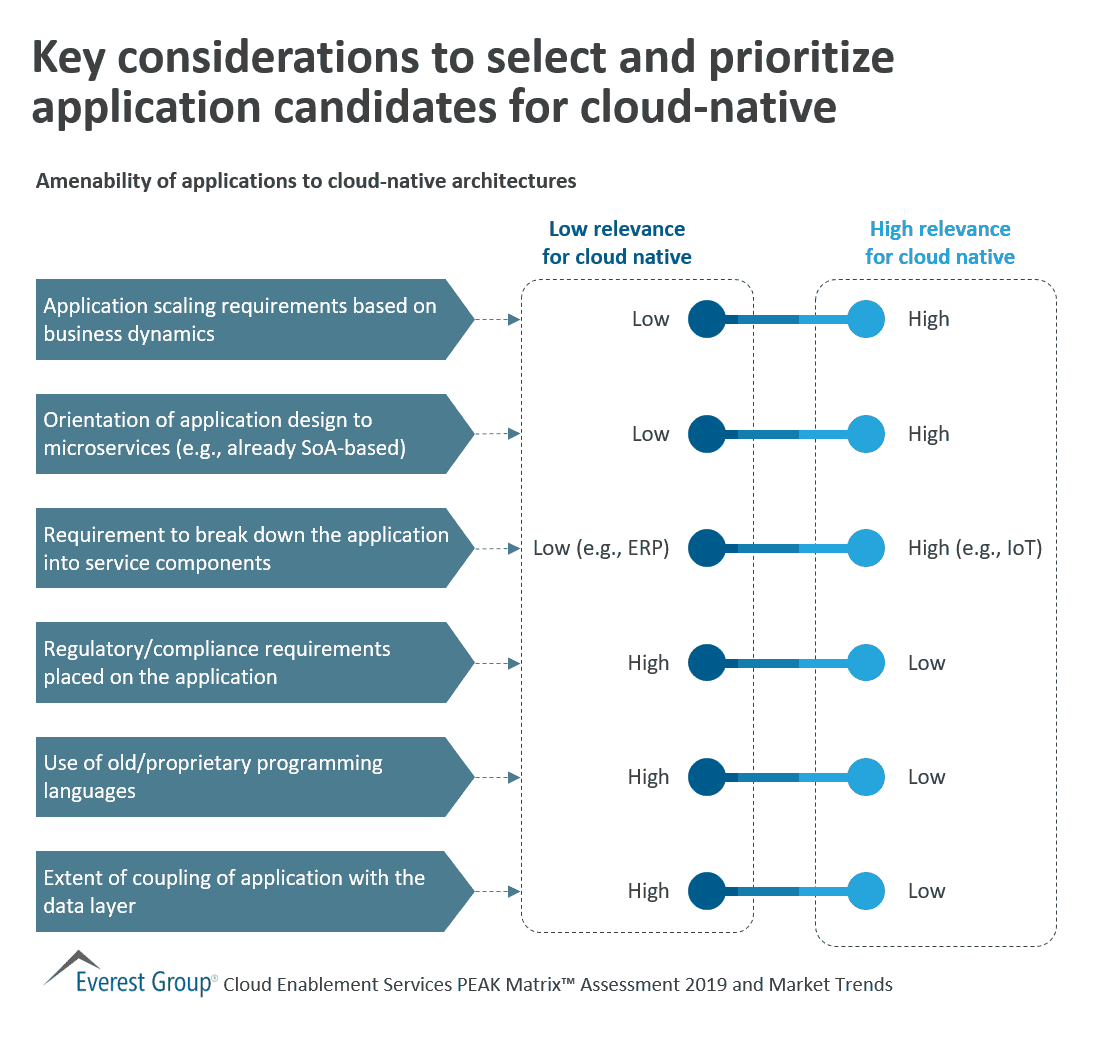The macroeconomic environment is pushing enterprises to have more value-centric conversations, both internally and externally. With technology at the core of all business, IT spending is under intense scrutiny, which provokes questions such as: what is the ROI of our investments, are we getting enough value, and how can we make our IT organizations more productive?
Join this webinar as our speakers explore how service providers can help enterprises uncover more value from their IT investments. The webinar will provide insights on key regional demand themes and the impact on offshoring activity and APAC-based delivery.
What questions will the webinar answer for the participants?
Who should attend?
60-minute webinar to be held on Thursday, October 17, 2019 | 9 a.m. CDT, 10 a.m. EDT, 3 p.m. BST, 7:30 p.m. IST
Despite decades of outsourcing experience, pricing models continue to be input-based, leaving little to no incentive for the sourcing teams to change or for service providers to propose new options. As the inexorable march toward the as-a-service economy continues, the input-based model is increasingly less effective in some areas. An output-based services consumption model is better suited to the overall cloudification of the IT estate.
In this session, Everest Group’s Pricing Assurance team leaders will explore adoption of output-based models and offer insights on pitfalls to avoid if you’re considering this an approach. We’ll also introduce the different output-based benchmarks we see being contracted in IT application services.
Specifically, we’ll answer these questions:
Who should attend, and why?
Sourcing, procurement, and vendor management executives, pricing/commercial leads, sales leads, and solution/delivery heads who want to understand when and where adoption of output-based pricing is taking place as well as pitfalls avoid.
Can’t join us live? Register anyway!
All registrants will receive an email (typically within 1-2 business days of the live delivery) with the link to session slides and on-demand playback.
Presenters
Abhishek Sharma
Partner, Pricing Assurance
Everest Group
Achint Arora
Practice Director, Pricing Assurance
Everest Group
Moderator
Michel Janssen
Chief Research Guru
Everest Group

Key considerations to select and prioritize application candidates for cloud-native
80% of enterprises’ application modernization efforts are limited to ‘lift-and-shift’ rather than meaningful changes to the underlying architecture; enterprises need to invest in intelligent sentient architecture if they are serious about digital transformation
More than 54 percent of enterprises aspiring to digitally transform blame their slow-moving efforts on the constraints of legacy systems. A key, but too often disregarded, component of those legacy systems is the architecture of enterprise software, according to Everest Group, which reports that 80 percent of enterprise efforts to modernize their applications is limited to a “lift-and-shift” approach as opposed to the adoption of modern software architecture practices which would considerably accelerate digital journeys.
“With a traditional software architecture approach, the enterprise focus is on ‘how’—basing their software architecture on the technologies they want to adopt,” said Yugal Joshi, vice president at Everest Group. “Instead, enterprises should focus on the ‘what’—user expectations and business outcomes—as they design and modernize their software architectures. Unfortunately, enterprises aren’t hiring the right talent to accomplish this.”
Joshi explains that a wide chasm exists between the next-generation architecture aspirations of enterprises and the skills of their enterprise architects. Unfortunately enterprises are not moving fast enough to fill this gap. For example even for hiring next-generation architects, 5 percent of enterprise architects are expected to have expertise in containers, 10 percent in microservices, 15 percent in DevOps, and only 1 percent in serverless technologies.
These next-generation technologies and development approaches are key foundational elements for creating sentient architectures, software architectures that are agile and responsive to business needs. Sentient architecture systems are driven by the 3Ds of design centricity, dynamic adaptability and discrete structures:
These results and other findings are explored in a recently published Everest Group report: “Application Services—Annual Report 2018: The Future of Architecture is Intelligent.” This research provides fact-based analysis of buyer trends by geography, industry and revenue size. It analyzes major trends impacting the application services market and provides an outlook for the year ahead.
Key Findings About the Applications Services Market
***Download the Complimentary 11-page Abstract*** (Registration required.)

©2023 Everest Global, Inc. Privacy Notice Terms of Use Do Not Sell My Information
"*" indicates required fields